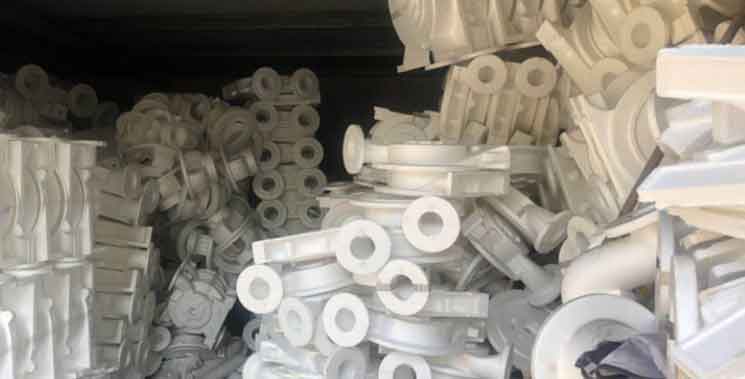
Lost foam casting is a casting method that streamlines production processes and delivers superior results. It offers several advantages that contribute to its efficiency and effectiveness in manufacturing. Let’s explore how lost foam casting streamlines production for superior results:
1. Simplified Tooling:
Lost foam casting simplifies the tooling requirements compared to traditional casting methods. The foam patterns used in the process are relatively easy and cost-effective to create compared to complex molds and cores required in other casting techniques. This simplification reduces tooling lead time, cost, and complexity, making it an efficient option for manufacturing.
2. Elimination of Cores and Parting Lines:
Lost foam casting eliminates the need for cores and parting lines in the production of complex components. The foam pattern serves as both the pattern and the core, resulting in a single-piece mold. This eliminates the assembly and alignment of multiple core segments and reduces the potential for misalignment or casting defects associated with core-based processes.
3. Single-Piece Casting:
Lost foam casting allows for the production of complex components as a single-piece casting. This eliminates the need for joining or welding multiple parts together, reducing assembly time and potential weak points in the final product. The single-piece casting also improves structural integrity and enhances the overall performance of the component.
4. Reduced Machining Requirements:
Lost foam casting produces near-net shape castings, minimizing the need for extensive post-casting machining. The foam patterns accurately reproduce the desired shape, resulting in components with closer tolerances and reduced material waste. This reduces the machining time and costs associated with achieving the final dimensions, resulting in improved production efficiency.
5. Shorter Production Cycle:
Lost foam casting can significantly reduce the production cycle time compared to other casting methods. The simplified tooling, elimination of cores, and reduced machining requirements contribute to a faster overall production process. This shorter cycle time enables manufacturers to achieve faster turnaround, meet tight deadlines, and respond to market demands more effectively.
6. Improved Component Quality:
Lost foam casting offers high dimensional accuracy, excellent surface finish, and reduced casting defects. The foam patterns, when properly designed and coated, result in precise replicas of the desired components. This improves the overall quality and reliability of the final products, reducing the need for rework or rejection.
7. Flexibility in Design Changes:
Lost foam casting allows for design changes to be easily incorporated during the production process. The foam patterns can be modified or replaced without incurring significant costs or delays, providing flexibility in adapting to design iterations or customer requirements. This flexibility streamlines the product development process and enhances the ability to achieve desired designs.
8. Suitable for Various Metals and Alloys:
Lost foam casting is compatible with a wide range of metals and alloys, including aluminum, iron, and steel. This versatility allows manufacturers to choose the most appropriate material for the specific application, considering factors such as strength, durability, and weight requirements. The ability to work with different materials expands the application possibilities and caters to diverse industry needs.
Lost foam casting’s streamlined production processes, reduced machining requirements, improved component quality, and flexibility in design changes contribute to its superior results in manufacturing. It offers an efficient and effective method for producing complex components with precision and reliability, making it a valuable technique in various industries.
